Fotis Aisopos
iASiS: Towards Heterogeneous Big Data Analysis for Personalized Medicine
Jul 09, 2024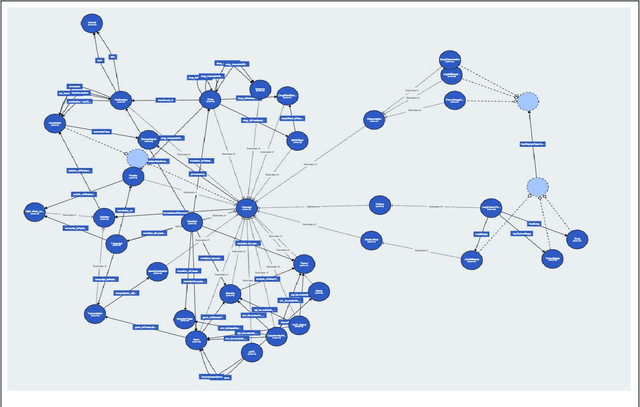
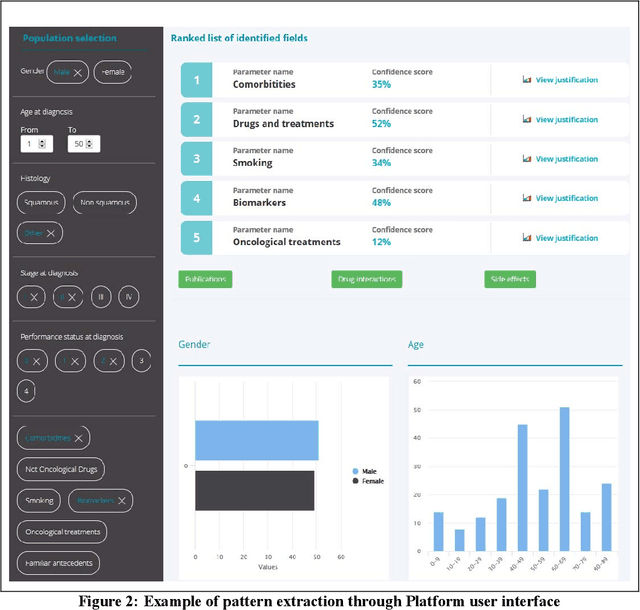
Abstract:The vision of IASIS project is to turn the wave of big biomedical data heading our way into actionable knowledge for decision makers. This is achieved by integrating data from disparate sources, including genomics, electronic health records and bibliography, and applying advanced analytics methods to discover useful patterns. The goal is to turn large amounts of available data into actionable information to authorities for planning public health activities and policies. The integration and analysis of these heterogeneous sources of information will enable the best decisions to be made, allowing for diagnosis and treatment to be personalised to each individual. The project offers a common representation schema for the heterogeneous data sources. The iASiS infrastructure is able to convert clinical notes into usable data, combine them with genomic data, related bibliography, image data and more, and create a global knowledge base. This facilitates the use of intelligent methods in order to discover useful patterns across different resources. Using semantic integration of data gives the opportunity to generate information that is rich, auditable and reliable. This information can be used to provide better care, reduce errors and create more confidence in sharing data, thus providing more insights and opportunities. Data resources for two different disease categories are explored within the iASiS use cases, dementia and lung cancer.
* 6 pages, 2 figures, accepted at 2019 IEEE 32nd International Symposium on Computer-Based Medical Systems (CBMS)
Big IoT and social networking data for smart cities: Algorithmic improvements on Big Data Analysis in the context of RADICAL city applications
Jul 02, 2016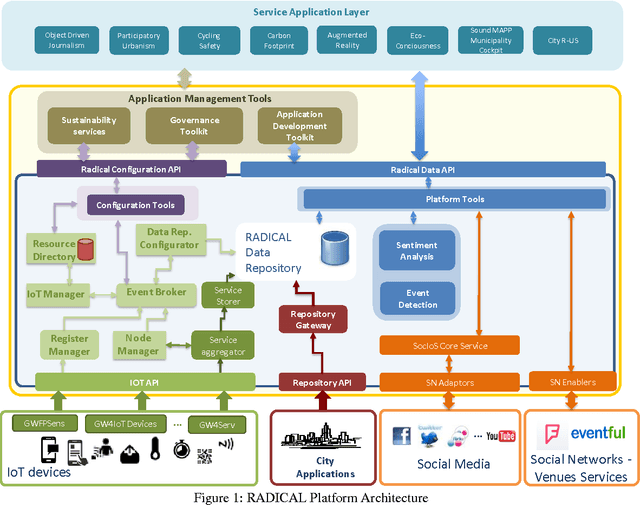
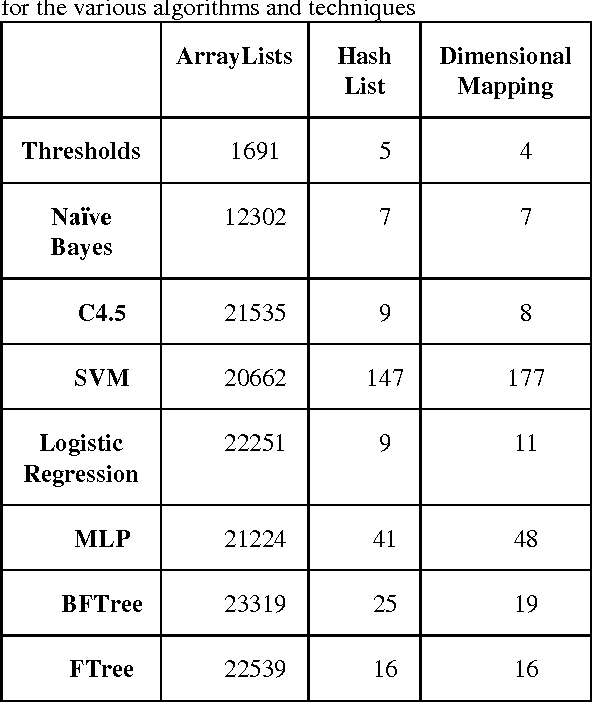
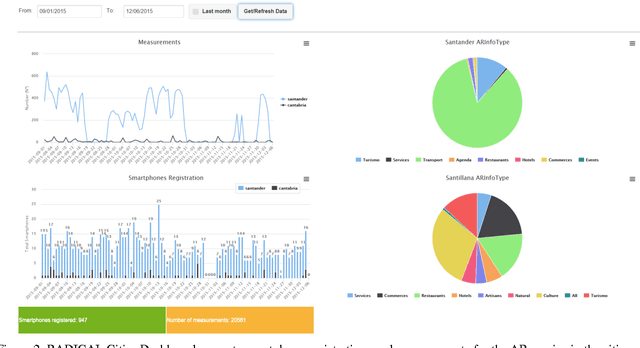
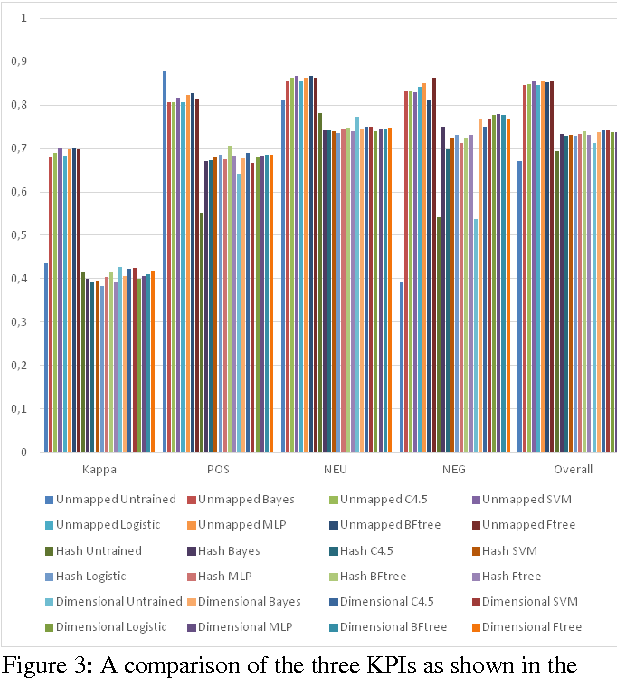
Abstract:In this paper we present a SOA (Service Oriented Architecture)-based platform, enabling the retrieval and analysis of big datasets stemming from social networking (SN) sites and Internet of Things (IoT) devices, collected by smart city applications and socially-aware data aggregation services. A large set of city applications in the areas of Participating Urbanism, Augmented Reality and Sound-Mapping throughout participating cities is being applied, resulting into produced sets of millions of user-generated events and online SN reports fed into the RADICAL platform. Moreover, we study the application of data analytics such as sentiment analysis to the combined IoT and SN data saved into an SQL database, further investigating algorithmic and configurations to minimize delays in dataset processing and results retrieval.
 Add to Chrome
Add to Chrome Add to Firefox
Add to Firefox Add to Edge
Add to Edge